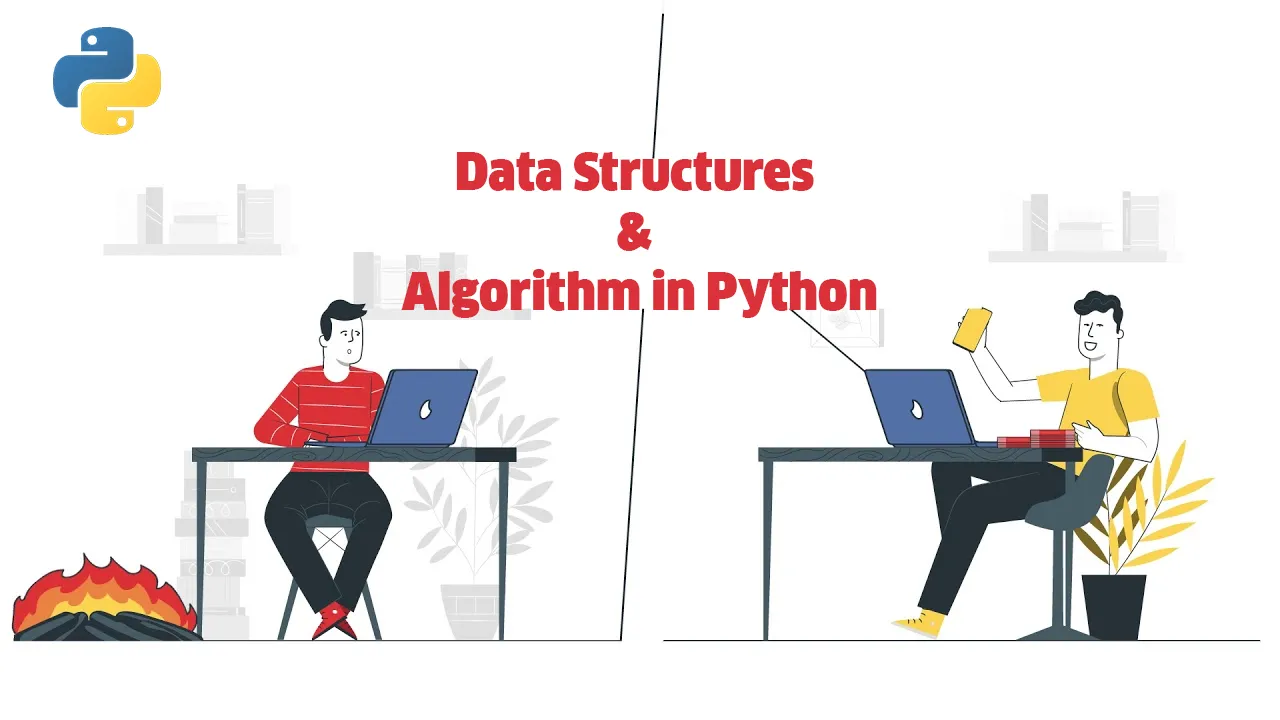Data structures and algorithms in Python are two of the most fundamental concepts in computer science. They are indispensable tools for any programmer. Data structures in Python deal with the organization and storage of data in the memory while a program is processing it. On the other hand, Python algorithms refer to the detailed set of instructions that helps in the processing of data for a specific purpose.
Alternately, it can be said that different data structures are logically utilized by algorithms to work out a particular problem of data analysis. Be it a real-world problem or a typical coding-related question, an understanding of data structures and algorithms in Python is crucial if you want to come up with an accurate solution. In this article, you will find a detailed discussion of different Python algorithms and data structures.
Learn more: The Six Most Commonly Used Data Structures in R
**What are data structures in Python? **
Data structures are a way of organizing and storing data; they explain the relationship between data and various logical operations that can be performed on the data. There are many ways in which data structures can be classified. One way is to categorize them into primitive and non-primitive data types.
While the primitive data types include Integers, Float, Strings and Boolean, the non-primitive data types are Array, List, Tuples, Dictionary, Sets and Files. Some of these non-primitive data types, such as List, Tuples, Dictionaries and Sets, are in-built in Python. There is another category of data structures in Python that is user-defined; that is, users define them. These include Stack, Queue, Linked List, Tree, Graph and HashMap.
#data science #algorithms in python #data structures #python
